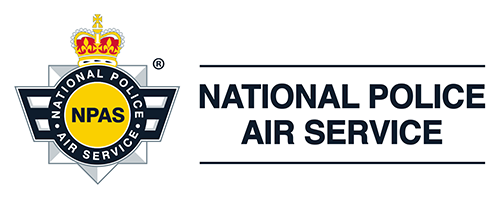What is the purpose of the uncrewed aircraft trials (UAT)?
Our National Police Air Service Frequently Asked Questions - FAQs. Such as : What is the National Police Air Service (NPAS)? Who hosts the operation and service of NPAS? How is NPAS funded? Why do police forces need air support? And more...
Response times
In 2022/23, our aircraft crews were deployed to 4,621 priority one incidents.
These are when there is an immediate threat to a life, a crime is in action or there is a national or terrorism incident.
The average time to reach a scene from receiving a call was 12 minutes, 18 seconds.
NPAS is the only holder of a Police Air Operator's Certificate (PAOC) in England and Wales.
To retain our PAOC we are required to employ nine European Aviation Safety Agency (EASA) and Civil Aviation Authority-approved Form 4 holders, also known as nominated persons.
Working together for continual air supportNPAS Exeter and Bournemouth crews worked together to provide a series of seamless handovers, ensuring Devon and Cornwall Police could be confident of the continual aerial containment of a high-risk firearms scene.
Stay informed and gain a unique perspective on police aviation across the UK by following the National Police Air Service (NPAS) on our official social media channels.
The National Police Air Service (NPAS) provides borderless air support to all police forces across England and Wales 24 hours a day, seven days a week,365 days of the year. On a daily basis, NPAS tackles criminality, helps save lives and keeps people and communities safe.
Operating a police aviation service involves much more than just putting aircraft in the sky. Our teams need the best equipment to work collaboratively, gather evidence, communicate and stay safe, which is why our Project Delivery Team is an integral part of our service.
Flying hours per region In 2023/24, our aircraft flew a total of 11,619 hours on behalf of police forces. This is 442 more hours than in 2022/23. A further 1,373 hours were flown for training, transit and maintenance purposes.
